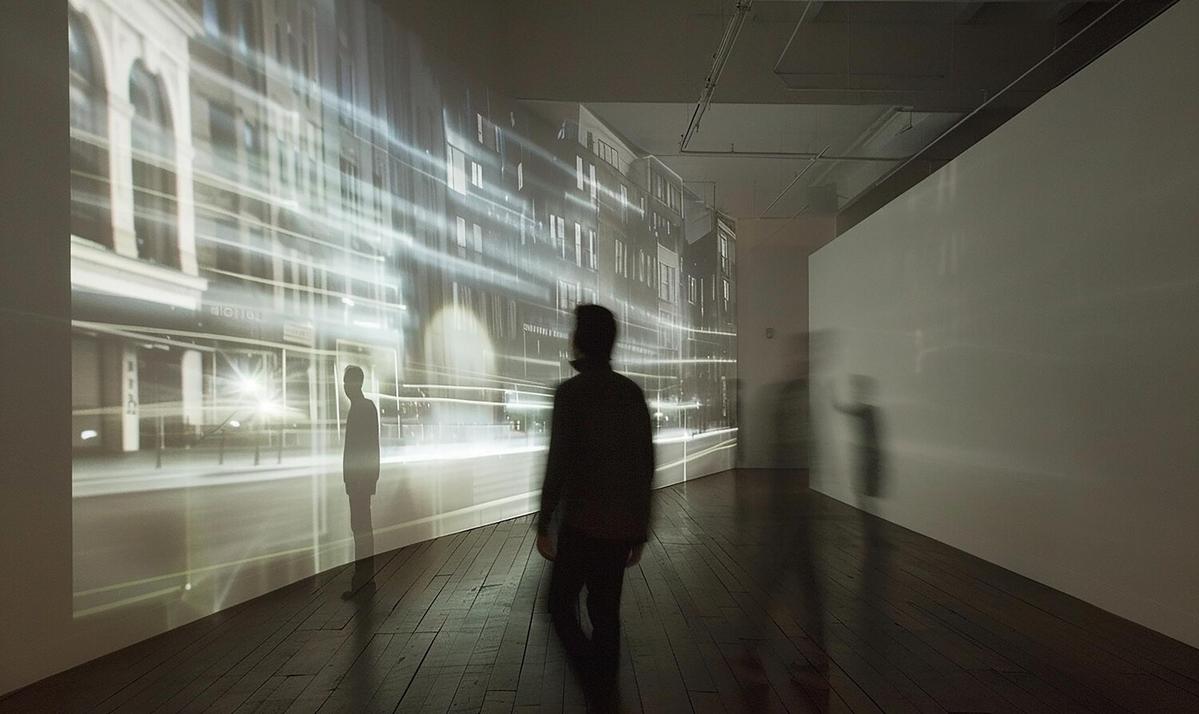
Augmented Reality in Digital Art: Bridging Real and Virtual Worlds
Augmented Reality (AR) is revolutionizing the digital art landscape, creating a fascinating intersection between tangible reality and virtual creativity. As artists and technologists explore this dynamic field, the possibilities for innovation and expression seem boundless.
Augmented Reality in digital art is not merely about overlaying digital elements onto our physical world. It transforms how we perceive and interact with art, offering new dimensions of creativity and engagement. As digital art trends evolve, AR stands out as a tool that bridges the gap between traditional art forms and cutting-edge technology.
Exploring the Impact of Augmented Reality on Digital Art
Experts in the field highlight AR’s potential to redefine artistic expression. According to Dr. Emily Chen, a leading researcher in interactive media, ‘AR provides artists with a medium that can transform viewers’ experiences, making art more interactive and immersive than ever before.’
Research from the Interactive Design Foundation reveals that 67% of digital artists surveyed believe AR will significantly influence the future of art creation. This statistic underscores the growing acceptance and integration of AR in artistic practices.
Practical Applications and Examples
One compelling example is the interactive murals created by artist Alex Brown. By incorporating AR, viewers can use their smartphones to watch these static images come to life with animations and sound, providing a multi-sensory experience that traditional murals cannot offer.
Incorporating AR into Your Art Practice
- Experiment with AR Tools: Start by exploring software and apps that allow you to create AR content. Many are user-friendly and require no prior experience.
- Collaborate with Technologists: Partnering with tech experts can help bring your AR art visions to life, combining artistic flair with technical expertise.
- Engage with Your Audience: Use AR to invite viewers to interact with your art. This can be particularly effective in exhibitions or public installations.
Consider using platforms like Unity or Blippar to experiment with AR elements in your artwork. These tools offer a range of features to enhance creativity.
Challenges and Opportunities
While AR in digital art offers exciting opportunities, it also presents challenges. Artists must consider the technical skills required and the potential costs of creating AR experiences. However, the benefits of engaging audiences in novel ways often outweigh these hurdles.
| Aspect | Traditional Art | AR Art |
|---|---|---|
| Interaction | Passive Viewing | Interactive Engagement |
| Experience | Visual | Multi-sensory |
| Accessibility | Physical Space | Virtual Access |
| Creation Tools | Traditional Media | Digital Software |
| Audience Reach | Local | Global |
| Cost | Variable | Potentially Higher |
| Skill Requirement | Artistic | Artistic & Technical |
| Innovation | Static | Dynamic |
Frequently Asked Questions
What is Augmented Reality in digital art?
AR in digital art involves overlaying digital elements in real-world environments, enhancing the viewer’s experience through interactivity and immersion.
How can artists start using AR?
Artists can begin by using AR software and apps, collaborating with technologists, and experimenting with interactive elements in their work.
Conclusion
As digital art continues to evolve, Augmented Reality offers a remarkable way to connect the real and virtual worlds. By embracing AR, artists can unlock new levels of creativity and audience engagement, paving the way for a future where art transcends traditional boundaries.
For those interested in exploring this trend further, consider diving into AR tools and collaborating with experts to bring your artistic visions to life. What new realities will you create?